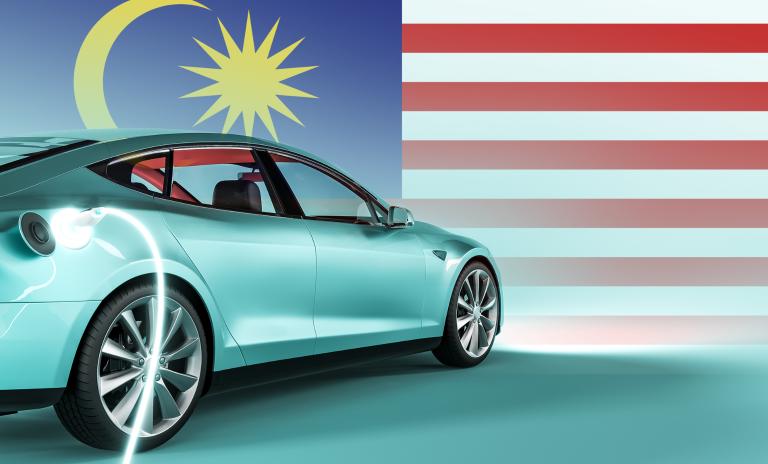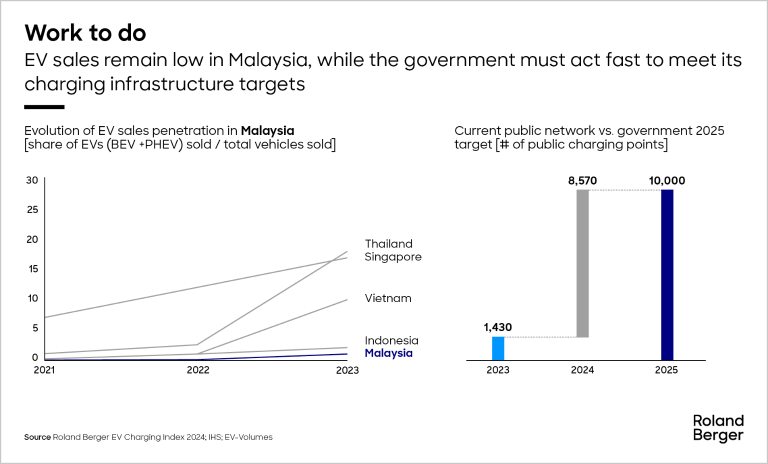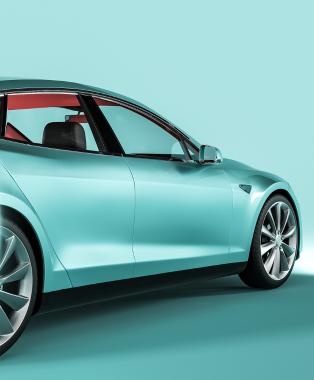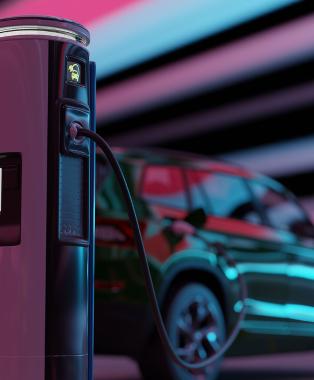The electric vehicle and EV charging market enjoyed a surge in late 2022 despite continued high energy prices.


EV Charging Index: Expert insight from Malaysia
By Timothy Wong
Malaysia has ambitious growth targets for its EV market, but charging infrastructure must improve
As Malaysia strives to reach its goal of achieving net-zero greenhouse gas emissions by 2050, promoting the adoption of electric vehicles will increasingly dominate the automotive sector's agenda. But with a 2025 target of 10,000 charging stations nationwide, the country still has significant gaps to address in its charging infrastructure.
"The Malaysian government is beginning to place greater emphasis on expanding the country's charging infrastructure."
Early days for EVs but market potential is significant
With EV sales penetration at approximately 1%, Malaysia's EV market remains small but is starting to gain traction.
The government has set ambitious growth targets, aiming for EVs (including plug-in hybrids) to constitute 20% of new car sales by 2030, increasing to 80% by 2050.
Recent data from the Malaysian Automotive Association shows a significant surge in EV sales, with more than 10,000 units sold in 2023, a 286% increase from the previous year. However, sales rates are still well below the global average (19%) and neighboring countries.
This underscores the early stage of EV adoption compared to the broader automotive market, suggesting substantial potential for future growth. Discussions on potential fuel subsidy reforms could further enhance the environment for EV adoption in Malaysia, signaling promising developments ahead for the EV sector in the country.
Government increases its attention on charging infrastructure
The Malaysian government is beginning to place greater emphasis on expanding the country's charging infrastructure, recognizing it as a critical factor in boosting EV adoption.
Under the Low Carbon Mobility Blueprint, Malaysia aims to have 10,000 public EV charge points by 2025, comprising 9,000 AC chargers and 1,000 DC fast chargers. As of October 2023, the country has around 1,430 EV chargers, including 1,156 AC and 274 DC units. This gives Malaysia a vehicle-to-public-charge-point ratio of 20.7, which is worse than the global average of 15.3, and well behind neighbors such as China (7.5) and Singapore (2.9).
Nevertheless, Malaysia has made some progress in developing its charging infrastructure, with the promise of more to come. The government aims to stimulate investment in EV charging equipment manufacturing by offering a 100% income tax exemption for EV charging equipment manufacturers over a 10-year period starting from 2023, along with a 100% investment tax allowance for five years. These initiatives underscore Malaysia's commitment to fostering a robust EV ecosystem and addressing infrastructure challenges to support broader EV adoption nationwide.
CPO market diversifying
The charge point operator (CPO) market in Malaysia is quite concentrated, with ChargEV, Gentari, and JomCharge holding more than 40% of the market between them (in terms of number of charge points). These CPOs provide a range of services such as network planning, charging equipment installation, operation, and client-facing services.
Global players are also now entering the arena. Schneider Electric recently launched its first advanced DC Public EV charging hub in Petaling Jaya, signaling increased competition and innovation in Malaysia's EV charging market.
CPOs continue to shape the evolution of Malaysia's EV charging ecosystem, facilitating greater adoption of electric vehicles and supporting the country's journey towards sustainable transportation solutions.

Register now to to discover the latest insights, emerging trends, and upcoming challenges in the EV and EV charging markets.








